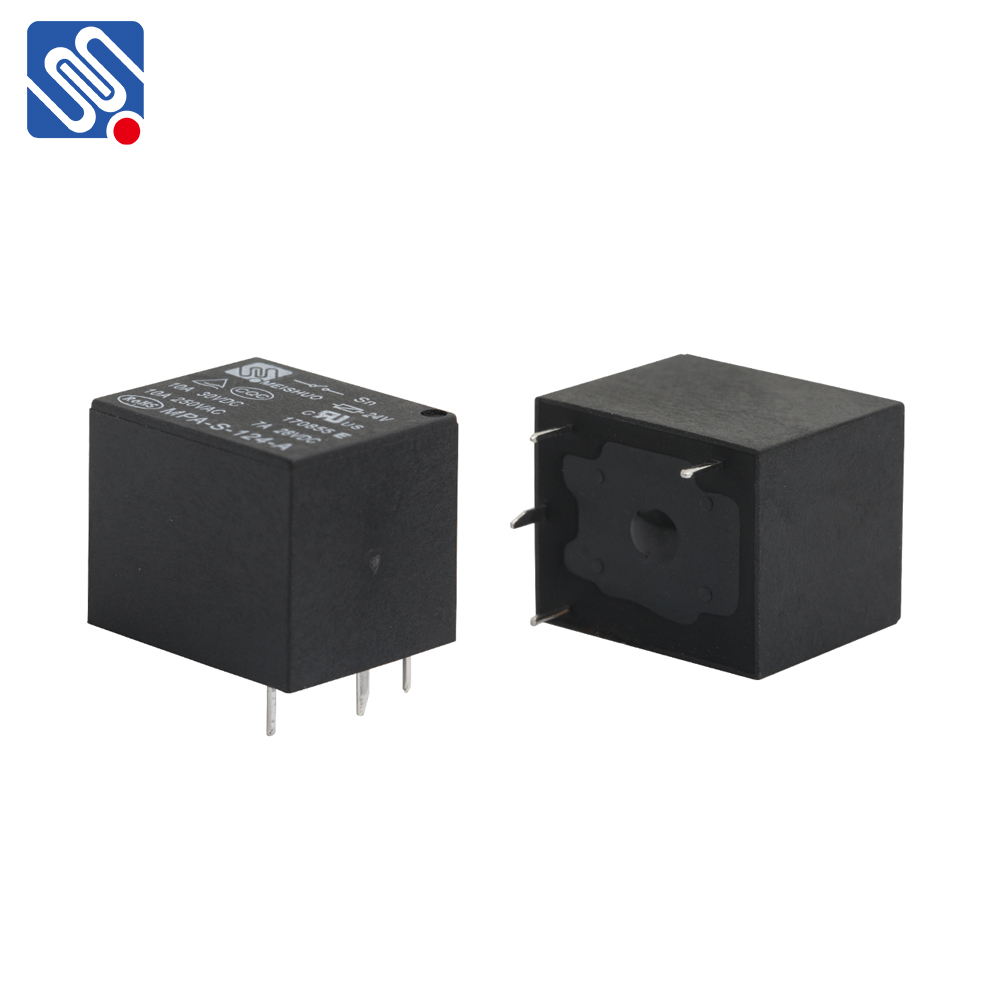The 24V 10A relay is a widely used electrical component that plays a crucial role in controlling circuits and devices that require high currents. Whether in industrial automation, home appliances, or vehicle systems, these relays provide a safe and efficient way to manage electrical signals and prevent direct exposure to high voltage or current. In this article, we’ll explore the key features, functionality, applications, and benefits of the 24V 10A relay.

What is a 24V 10A Relay? A relay is an electrically operated switch that uses an electromagnet to control one or more sets of contacts. The 24V 10A relay operates with a coil voltage of 24V, which can either be direct current (DC) or alternating current (AC), depending on the design of the relay. The key specification of this relay is that it can handle a maximum current of 10A on the contact side, which allows it to control higher-power circuits than what a standard switch could manage. Relays are used to open or close electrical circuits remotely. When a low-voltage electrical signal passes through the relay’s coil, it generates a magnetic field, which attracts the armature and activates the contacts. This opens or closes the circuit, enabling or disabling the power flow to connected devices. This makes relays an essential component in many automation and control systems.